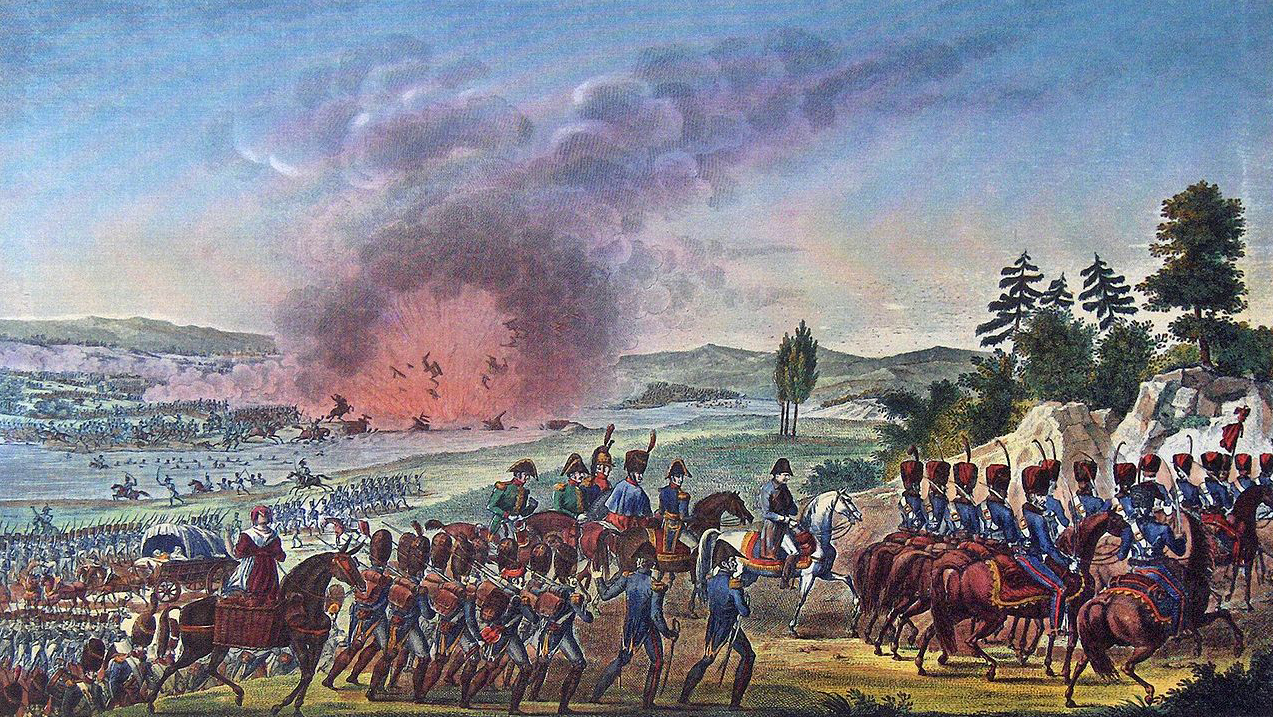
AN OUTMODED century-old camouflage technique may be getting a new lease on life, thanks to a recent study from Great Britain’s University of Bristol.
Researchers from the school’s experimental psychology and biological science departments are exploring how First World War-style ‘dazzle’ camouflage could help protect 21st Century army vehicles from rocket attacks.

The distinctive, zigzag striped paint schemes first appeared on British ships in 1917.
At the time, camouflage experts, known as camoufleurs, believed that the high-contrast patterns, while not ideal for hiding warships and transports, did distort the outlines of vessels. Proponents of dazzle maintained that the stark colour configurations made it much harder for enemy gunners and U-boat crews to determine the shape, range, heading and speed of targets.
Studies conducted following the Armistice failed to definitively prove that dazzle camouflage actually prevented wartime sinkings. Yet despite the uncertainty, the strategy was revived in the early days of the Second World War; the introduction of radar quickly rendered the whole concept obsolete.
Now, nearly a century after the advent of dazzle, Dr. Nick Scott-Samuel of the University of Bristol believes that similar camouflage patterns painted on the sides of today’s jeeps and armoured cars will make it harder for enemy combatants to get a fix on military vehicles.

“Scott-Samuel, is the first to find evidence that dazzle camouflage can affect perception of speed – but only if the camouflaged object is moving quickly,” says a spokesperson with the British school. “These findings suggest that, while it would probably not have successfully distorted ships’ speeds in the two World Wars, dazzle camouflage could play a role in today’s battlefields where fast-moving army vehicles frequently come under attack from shoulder-launched, rocket-propelled grenades.”
Scott-Samuel arrived at his conclusion after putting volunteers through a series of visual tests. Researchers asked subjects to estimate the distance and speed of camouflaged objects in computer-simulated environments.

Participants observing virtual objects with dazzle patterns believed the targets were moving as much as 7 percent slower than they really were. Those who viewed unmarked objects were more likely to correctly estimate their speeds.
Scott-Samuel says the results indicate that military vehicles bearing dazzle patterns would be harder to hit than those painted with ordinary drab colours.
Since 2001, hundreds of Coalition personnel have been killed in rocket attacks on vehicles in Afghanistan and Iraq.
“We show that in a typical situation involving an RPG-7 attack on a Land Rover, the reduction in perceived speed would be sufficient to make the grenade miss where it was aimed by about a metre,” says Scott Samuel. “[This] could be the difference between survival or otherwise for the occupants of the vehicle.”











1 thought on “Hiding in Plain Sight – How WW1-Era ‘Dazzle’ Camouflage Could Save Lives in 21st Century War Zones”